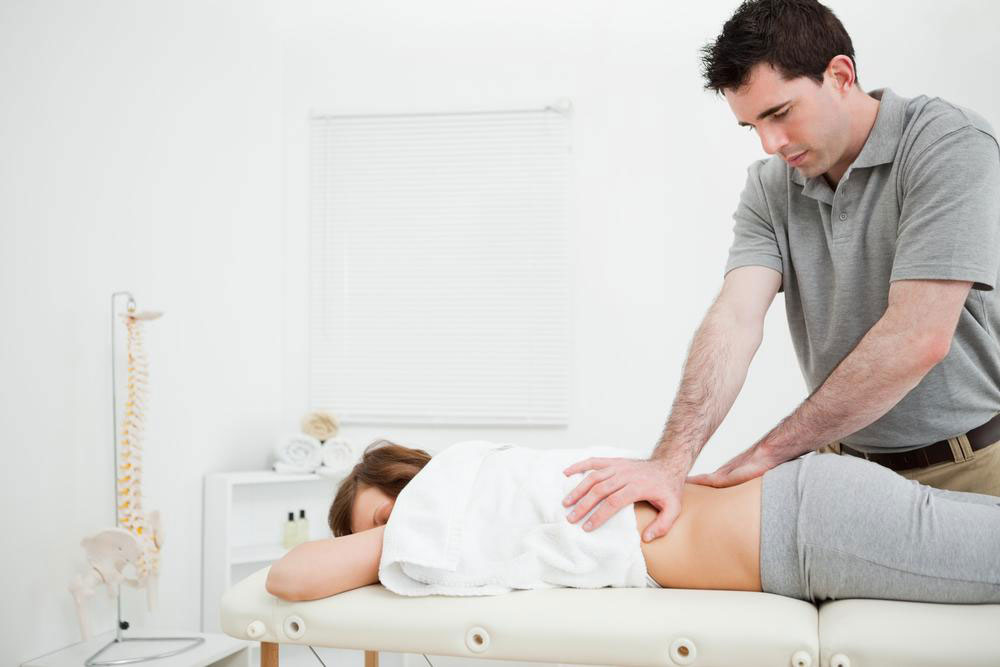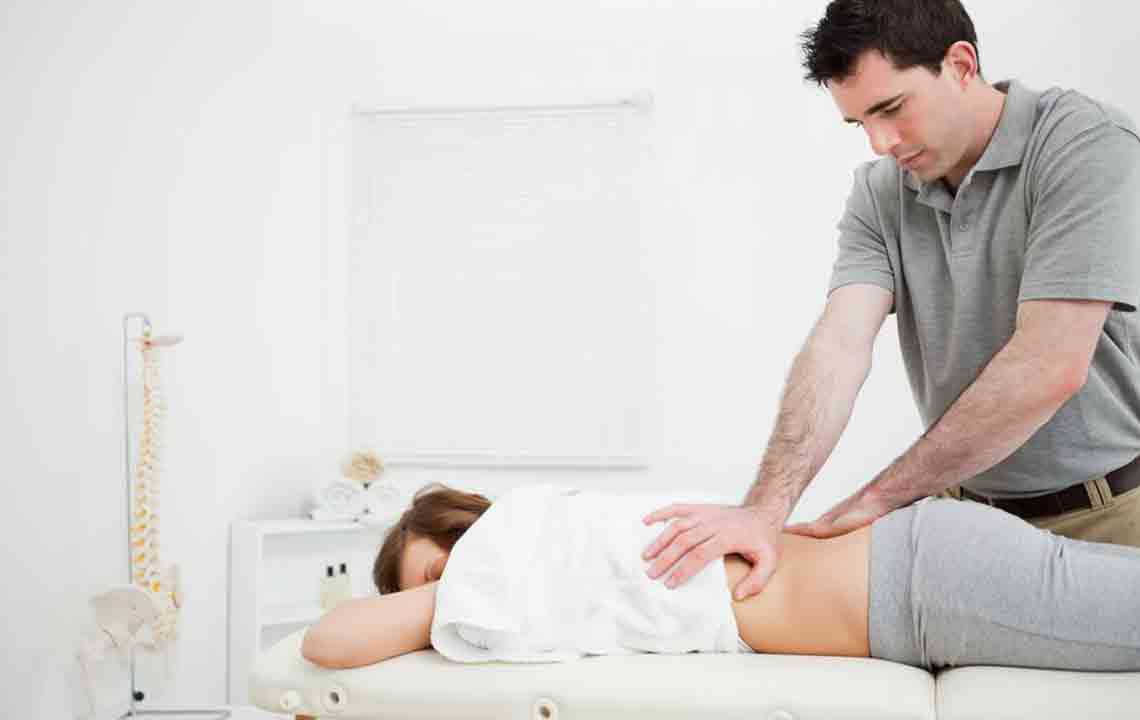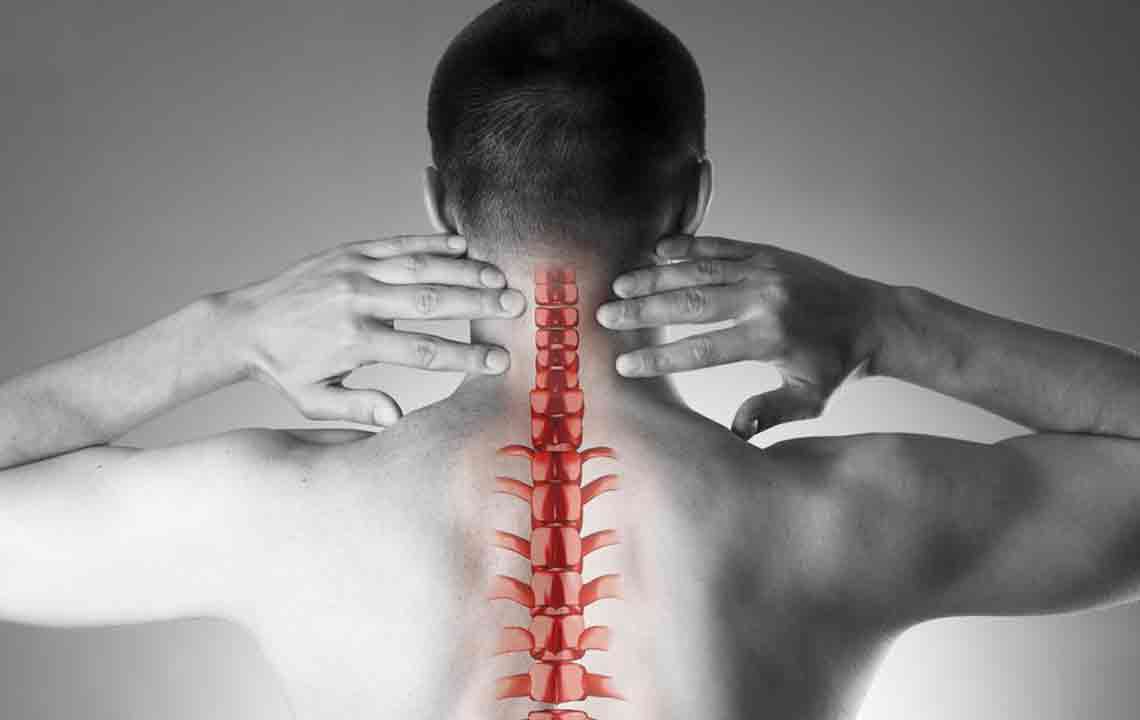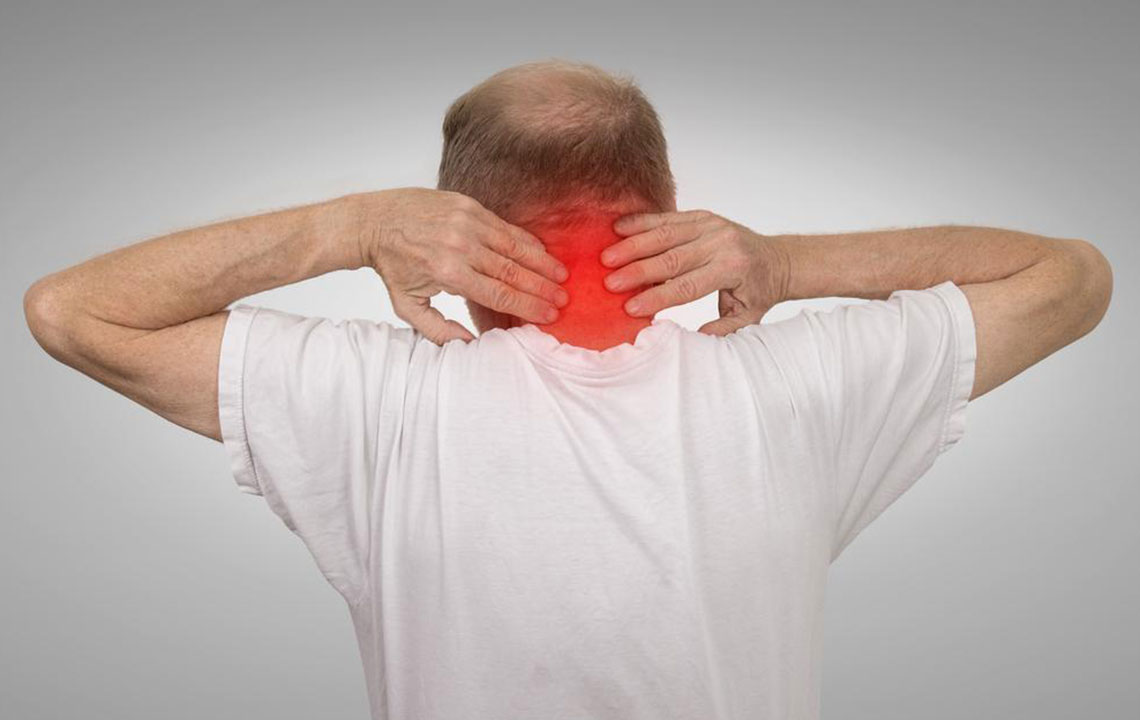Comprehensive Approaches to Managing Spinal Canal Narrowing for Improved Quality of Life
Discover comprehensive strategies for managing spinal canal narrowing, including conservative therapies, medications, physical therapy, and surgical options. Learn how early diagnosis and tailored treatment plans can improve mobility and quality of life for those affected by spinal stenosis, especially in older adults. This in-depth guide highlights the importance of proactive care to prevent complications and maintain spinal health over time.

Comprehensive Approaches to Managing Spinal Canal Narrowing for Improved Quality of Life
Spinal stenosis, a common yet complex medical condition, involves the narrowing of the spaces within the spine, which leads to compression of the spinal cord and nerves. This condition predominantly affects the cervical (neck) and lumbar (lower back) regions of the spine and can cause debilitating symptoms that impact daily life. Patients often experience severe pain, numbness, muscle weakness, tingling sensations, and coordination issues. Recognizing the importance of early diagnosis and adopting appropriate management strategies can significantly improve patient outcomes and prevent the progression of symptoms.
Spinal stenosis is often caused by degenerative changes such as osteoarthritis, herniated discs, thickened ligaments, or abnormal bone growth. These changes lead to a reduction in the available space within the spinal canal, putting pressure on the nerves and spinal cord. As the population ages, the incidence of spinal canal narrowing increases, making awareness and management crucial. The treatment approach depends on the severity of the condition, the patient's overall health, and how much symptoms interfere with daily life. From conservative therapies to surgical interventions, understanding each option helps patients and healthcare providers develop an effective management plan.
Timely intervention can prevent or slow down complications such as persistent pain, nerve damage, muscle weakness, and impaired mobility. Patients experiencing symptoms like persistent back or neck pain, numbness in limbs, balance difficulties, or weakness should consult a healthcare professional promptly. Accurate diagnosis through imaging tests such as MRI or CT scans is vital for developing an appropriate treatment plan.
Treatment Strategies for Spinal Stenosis
Choosing the right treatment depends on the severity of the spinal stenosis and the patient's overall health. Management options range from conservative measures aimed at relieving symptoms to more invasive procedures for severe cases. Each approach has its advantages and potential risks, and combining therapies often yields the best results. Below, we explore the most common treatment options in detail to provide a comprehensive understanding of how spinal canal narrowing can be effectively managed.
Medications Pharmacological management is often the first step in alleviating symptoms. Healthcare providers may prescribe various medications to help control pain, reduce inflammation, and manage nerve-related symptoms. Pain relievers such as acetaminophen and NSAIDs (non-steroidal anti-inflammatory drugs) are commonly used to provide immediate relief. However, long-term use of these medications can have adverse effects, including gastrointestinal issues and kidney problems. To manage chronic neuropathic pain, doctors may prescribe antidepressants such as amitriptyline or anti-seizure drugs like gabapentin. These medications help modulate nerve signals and provide relief from nerve pain. In cases of severe, persistent pain that does not respond to other treatments, opioids may be prescribed for short-term use under strict medical supervision, given their potential for addiction and overdose. Proper management and monitoring are essential when using these potent drugs.
Physical Therapy Engaging in a structured physical therapy program is fundamental in managing spinal stenosis conservatively. Physical therapists design individualized exercises to improve spinal flexibility, strengthen core muscles, and enhance overall stability. Maintaining muscular support around the spine reduces pressure on the nerves and alleviates pain. Moreover, physical activity helps prevent muscle weakness, improves posture, and enhances balance, reducing the risk of falls and further injury. Techniques such as manual therapy, stretching, postural training, and aerobic conditioning are integral components of a comprehensive therapy plan. Patients are encouraged to incorporate daily low-impact exercises like walking, swimming, or cycling to promote spinal health and improve function.
Surgical Procedures While conservative treatments are effective for many patients, those with severe symptoms or neurological deficits may require surgical intervention. Surgery aims to decompress the affected nerves and stabilize the spine. Common surgical options include:
Laminectomy: Removal of part of the vertebral bone called the lamina to enlarge the spinal canal and relieve nerve compression.
Laminotomy: Creation of a small opening in the lamina to decompress specific nerve roots while preserving more bone than a laminectomy.
Laminoplasty: Reshaping or repositioning the lamina to expand the spinal canal, often used in the cervical spine.
Minimally Invasive Laser Surgery: Utilizing laser technology to remove or shrink tissues causing compression with less tissue damage and quicker recovery times.
Advances in minimally invasive techniques, robotic assistance, and improved imaging have expanded the options for safer and more effective surgeries. These procedures typically aim to decompress the nerves, reduce pain, and restore spinal stability. Nevertheless, surgery carries inherent risks, including infection, bleeding, nerve damage, and reaction to anesthesia. Therefore, thorough consultation with a specialist and considering a second opinion is recommended before proceeding. Postoperative rehabilitation and lifestyle modifications are crucial to maximize surgical benefits and prevent recurrence.
In addition to medical and surgical treatments, adopting healthy lifestyle habits can make a significant difference. Maintaining a healthy weight, engaging in regular low-impact exercise, and avoiding activities that strain the back and neck help manage symptoms and prevent worsening of the condition. Patients should also pay attention to ergonomics at work and during daily activities, ensuring proper posture and spinal alignment.
People over 50 are most vulnerable, especially those with existing conditions such as herniated discs, spinal injuries, or thickened ligaments. Early diagnosis through thorough clinical evaluation and imaging studies is key to effective management. If left untreated, spinal stenosis can lead to chronic pain, mobility impairment, and reduced quality of life. Therefore, timely medical intervention, personalized treatment plans, and ongoing physical activity are essential components for managing this common spinal problem effectively.





